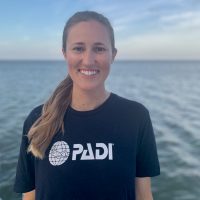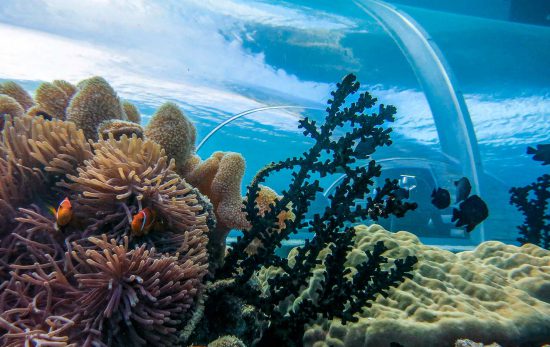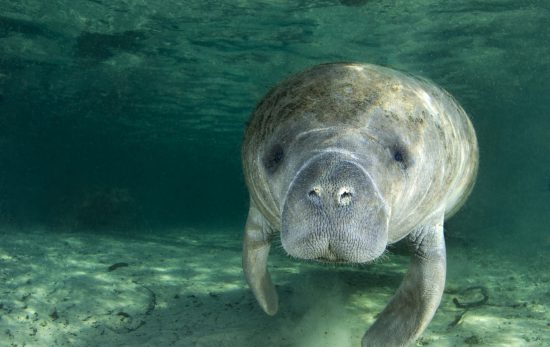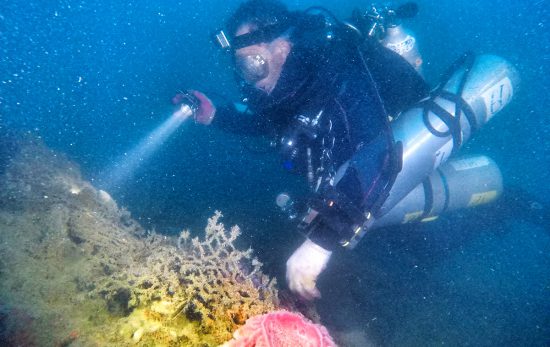Earlier this year, Dr. Sylvia Earle (world-renowned oceanographer, diver, and conservationist) and her team at Mission Blue officially declared Cambodia’s Kep Archipelago as a Hope Spot. Hope Spots are unique areas of the ocean that are critical to the health of our blue planet. Mission Blue, along with it’s global network of partners (including PADI) is uniting a global coalition to inspire an upwelling of public awareness, access, and support for a worldwide network of marine protected areas – Hope Spots.
Located in southern coastal Cambodia, and covering approximately 113 square kilometers (44 square miles), the Kep Archipelago Hope Spot encompasses a dozen tropical islands surrounded by unique seagrass meadows and coral reefs, home to sensitive marine species. This designation was made in recognition of the impact that local non-profit, Marine Conservation Cambodia, has had in preserving the area’s underwater ecosystems.

The tranquil waters of Kep Archipelago are home to a variety of biodiverse marine habitats including fringing coral reefs, mangrove forests, and seagrass beds. These shallow waters, no deeper than 10 meters (33 feet), provide critical nurseries, feeding grounds, and migratory routes for threatened and endangered species like seahorses, giant clams, Irrawaddy dolphins, sea turtles, whale sharks, and dugongs.
Unfortunately, the region suffers from illegal, unregulated, and unsustainable fishing, which has heavily damaged vast areas of these vital marine habitats, and accelerated species depletion. Destructive bottom trawling practices have wiped out large parts of the seafloor, including seagrass meadows and bivalve beds.
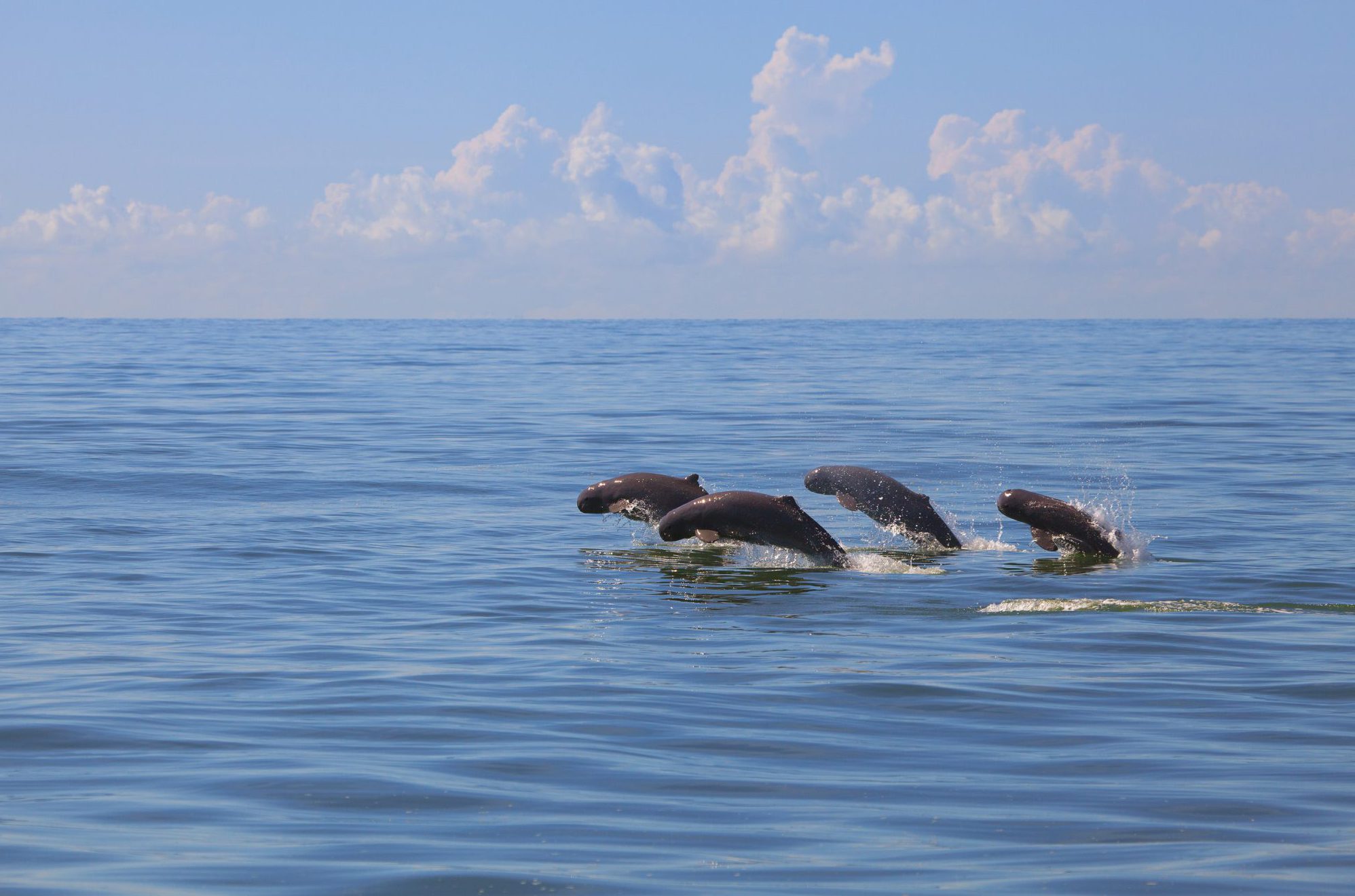
Through research, direct conservation practices, and local activism, Marine Conservation Cambodia has helped to greatly restore Kep Archipelago’s precious marine ecosystems and the species that call them home. The habitats and marine life here are ecologically resilient and have potential to thrive once again under effective protection.
In 2018, Marine Conservation Cambodia’s efforts instigated the official creation of the Kep MFMA (Marine Fisheries Management Area) – a marine protected area that is already contributing to the return of many species, healthier corals reefs, and recovering seagrass meadows.
In order to further restore the local marine ecosystems, Marine Conservation Cambodia’s scientists and volunteers are deploying what they call: Conservation and Anti-Trawling Structures. These 4 ton concrete structures are placed throughout the area’s waters to help physically stop bottom trawling boards and nets, to act as artificial reefs for marine life, and to create a safe haven for the endangered Irrawaddy dolphins. This project even won National Geographic Society’s Marine Protection Prize in 2018 for the most efficient and promising initiative in ocean protection.
“I joined MCC to fight for Kep Archipelago two years ago, and I’ve seen with my own eyes the effect of direct conservation. Deploying our structures is clearly making a difference, and progressively allows Kep’s marine life to thrive again.” – Tom Collombat, Hope Spot Champion
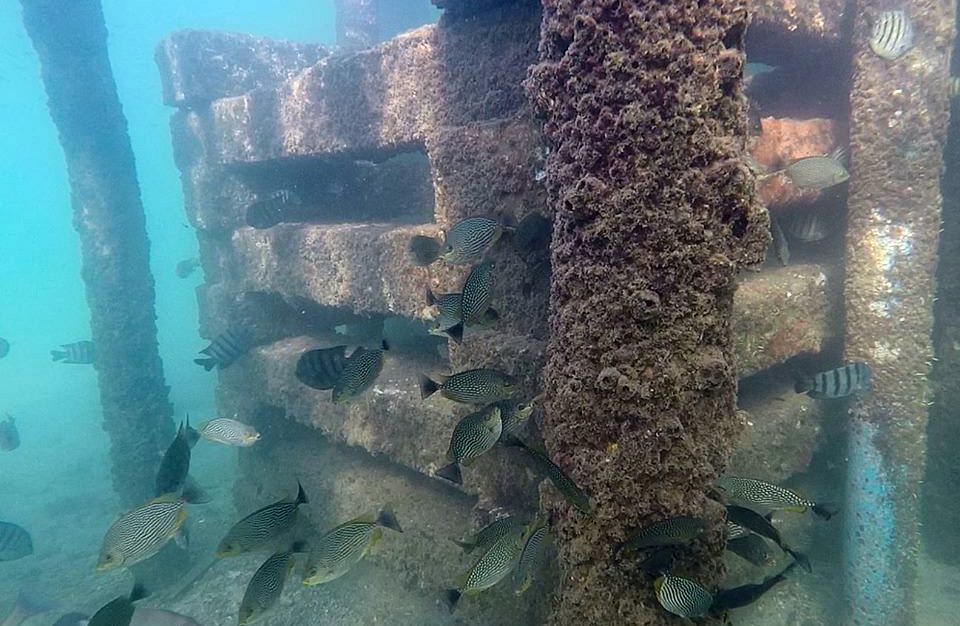
Inspired to nominate your own Hope Spot? You can! Visit the Hope Spot page on Mission Blue’s website to learn more about this global network of unique ocean areas and to even nominate an area of the ocean that deserves public support and protection.
As divers, we are intricately linked with the underwater world – let that inspire us all to do what we can to help protect and conserve our precious big blue. Here are some great ways to ‘Dive In’ to ocean conservation with Mission Blue.
